We create PlayArt
On this page you can read a guide on how to make PlayArt.
The illustration below gives you an overview of the structure of a course. click on the illustration to jump to a specific point. Throughout the descriptions there are links to further info, good examples and more.
The illustration can print as a poster here.
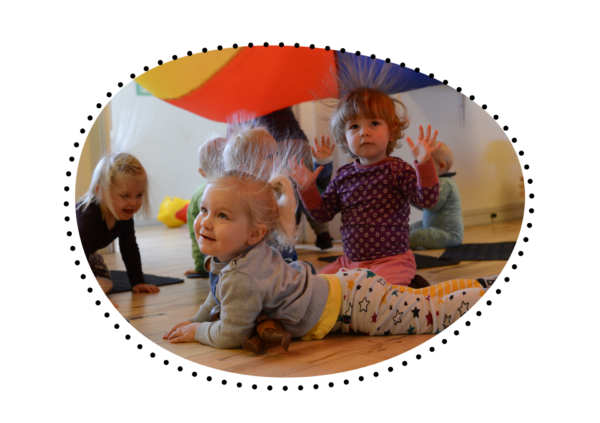

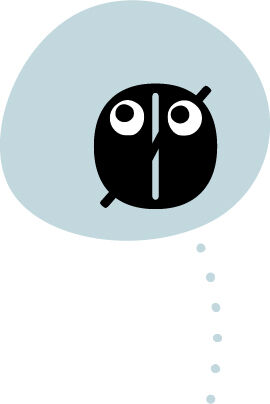
TALK TO COLLEAGUES
FIND A MAKER Find a colleague, e.g. from another classroom, who agrees to be responsible for PlayArt at your school. We suggest that you work with two groups of children on the same day in the same daycare with the same artist (45 minutes for each group of children and reflection afterwards).
TALK TO YOUR MANAGER It's important that your manager is involved to make PlayArt even better. The manager must be present at all reflection meetings. We suggest that a LegeKunst course lasts about 3 months. This means actions about once a week.
SET UP AN ACTION LEARNING GROUP We have chosen action learning as the consistent method for developing practice in LegeKunst. Action learning is about being curious, wondering, observing and reflecting on your own practice and learning from your own processes and experiences. The method supports professional development and competence enhancement for all parties involved and ensures a common language across disciplines.
INSPIRATION
Educator and manager from a children's center talk about their experience:
Hear from different actors on what you can get out of PlayArt:
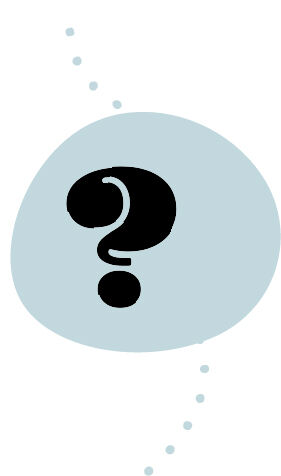
CHANGES
Talk to your LegeKunst colleagues and manager about the following:
- What are we curious about?
- How will we work with the children's own perspective?
- How can we work with arts and culture as part of our everyday lives?
- What pedagogical themes are being discussed among staff right now?
Send the wondering you think is most important right now to the artist. Based on your wondering, the artist will plan an activity that you as adults can do together in the art workshop.
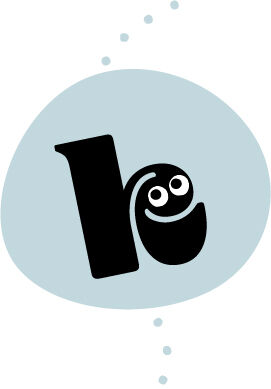
FIND AN ARTIST
Are you open to all types of art or is there a particular type of art you would like to see? Make sure you make an appointment for the artist to come to your start-up reflection.
Your manager can contact the municipality and check which artists are available in your municipality.
INSPIRATION
Stories from previous courses with different types of art:
How to create concentration through art:

THE PROCESS
WORK WITH TWO GROUPS OF CHILDREN on the same day in the same daycare: e.g. red and yellow room. The two groups of children work with the same associated artist in a joint action learning group.
OVERALL TIMEFRAME The duration of PlayArt is agreed in the action learning group. We have good experience with a minimum of 12 weeks (3 months), including 2×4 weeks of activities with children and artist. These weeks can also be scheduled fortnightly, so that there is plenty of time to work with the children between each artist visit - this way the program lasts about six months.
Each activity with the children lasts 1.5 hours, with 20 minutes set aside for shared reflection time.
INSPIRATION
Read much more about action learning here
Watch a video on working with action learning:
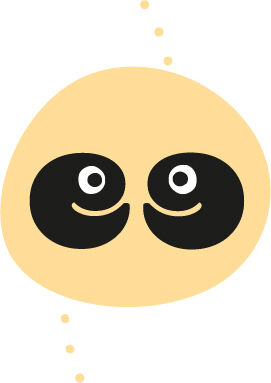
START-UP REFLECTION
Meeting with artist, manager and educators.
Here you discuss your wondering with the artist and plan all dates for PlayArt activities. Talk about how materials, play and experimentation can support your wonder and how you will follow the children's lead.
You can use the following questions as a starting point:
- What would we like to explore in our pedagogical practice in relation to play, education, art, culture, co-creation and aesthetic processes?
- What good experiences or challenges do we have that we would like to work on?
- Is there something special in our daily lives that we want to Develop or change?
INSPIRATION
Reflection tool developed in practice by other institutions:
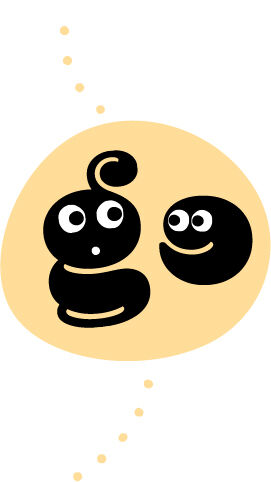
ARTISTIC WORKSHOP
Here the artist leads an activity with the educators about his bids for working with the point of wonder, approximately 2 hours. The rest of the daycare center's pedagogical staff can participate, as it can provide good inspiration for the whole house.
Often run outside of normal working hours at a staff meeting/educational meeting or pedagogical day. It is important that everyone in the daycare center is informed about the LegeKunst program so that colleagues can support and be engaged in your program, and perhaps want to get involved in using action learning as well as exploring the language of aesthetics.
You can then plan the content of the program in detail for each of the two groups of children, dividing tasks and responsibilities.
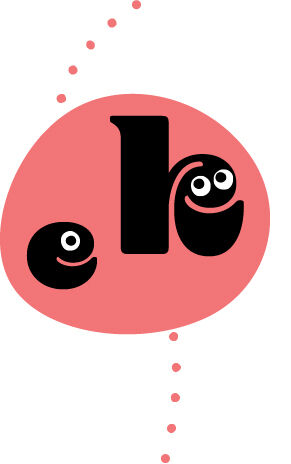
PLAYFUL ACTIONS
Here, the artist takes the lead in the PlayArt actions, in which you all participate equally and actively. It is important to plan together, talking about your roles and sharing your professional perspectives. In both planning and actions, be curious to follow the children's perspectives.
Each activity with the children lasts 1.5 hours, 20 minutes of which are set aside for joint reflection time:
- Did something unexpected happen today?
- Do our point of wonder and our activities need to be adjusted?
- How do we co-create?
- How do we get better at following children's footsteps?
- How do we ensure everyone has the opportunity to contribute?
- Who goes in front, next to or behind - when and Why?
Agree before the next activity - who does what?
INSPIRATION
Inspiration on how to work with narrative and sound, for example:
Watch clips from previous LegeKunst actions in full swing:
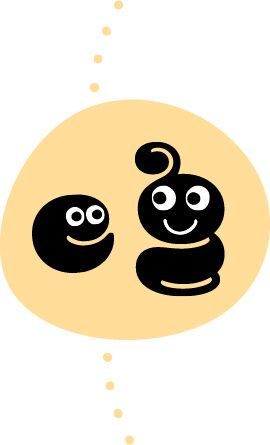
MID-TERM REFLECTION
Meeting with artist, manager and educators. Here you spend 1.5 hours reflecting on the experiences from the first four actions in relation to your previous wondering - are you still wondering about the same things or have you found answers to your wondering? Have new wonderings emerged?
Talk about how you will work with future actions and the role reversal that needs to happen.
For example, consider the following questions:
- What experiences have you had - did anything unexpected happen?
- What signs do we see of play, education and co-creation?
- How do we succeed in engaging and following children's footsteps?
- How do we co-create?
- How do we work with process before product?
- Do our point of wonder and our activities need to be adjusted?
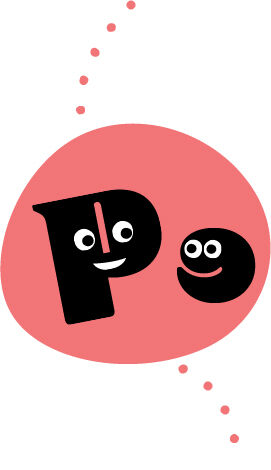
PLAYFUL ACTIONS
Here the teacher takes the lead in the PlayArt activities, in which you all participate equally and actively. Joint planning is important, where you talk together about your roles and share your professional perspectives. In both planning and actions, be curious to follow the children's perspectives.
Each activity with the children can last up to 1.5 hours, of which 15-20 minutes are set aside for joint reflection time - with or without children:
- How did you experience today's LegeKunst?
- Did something unexpected happen today?
- What happened to the children?
- What have we done today that we haven't done before?
- What should we focus on next time?
- What does the role reversal for the activities mean for how we experienced PlayArt?
- How can we get even better at following children's footsteps?
Agreements before the next activity - who does what?
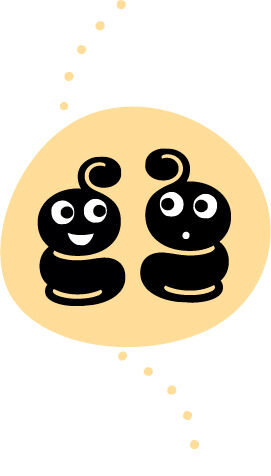
FOLLOW-UP REFLECTION
Meeting with artist, manager and educators. Here you reflect for 1.5 hours on the experiences from the last four actions and look forward to the next four actions, where the educators will work alone with PlayArt.
For example, consider the following questions:
- What lessons have we learned - has anything unexpected happened?
- What signs do we see of play, education and co-creation?
- How do we succeed in engaging and following children's footsteps?
- How do we work to focus more on process than product?
- How do we succeed in engaging and following children's footsteps?
- What concrete changes has the overall PlayArt program created for the children, staff and daycare so far?
- What have we learned about how arts and culture can promote play and education?
- Which elements from the Pedagogical Curriculum have come into play during the process?
- How will we take co-creative processes further?

PLAYFUL ACTIONS
Here the teacher takes the lead in the PlayArt actions, in which only children and teachers participate equally and actively. It is important in the planning to use the experience you have gained from your work with the artist. In both planning and actions, be curious to follow the children's perspectives.
Each activity with the children can last up to 1.5 hours, of which 15-20 minutes are set aside for joint reflection time - with or without children:
- What does it mean for the activities if the artist is not there?
- What are we curious about now?
- How did you experience today's LegeKunst?
- What happened to the children?
- What have we done today that we did not do before?
- What should we focus on next time?
Agree on the next activity - who does what?

STATUS REFLECTION
Meeting with manager, educators and possibly artist. The overall process of wonderings, experiences and stories are processed and any new activities are planned.
For example, consider the following questions:
- What concrete changes has the overall PlayArt program brought about for the children, the staff and the day care center?
- What have we learned about how arts and culture can promote play and education?
- Which elements from the Pedagogical Curriculum have come into play during the process?
- How will we take co-creative processes further?

ARTISTIC WORKSHOP
Hold an artistic workshop, possibly with the artist as an extension of the status reflection, or hold one yourself. You can invite the entire staff group for inspiration.
The Artistic Workshop is often held outside of normal working hours at a staff meeting/educational meeting or pedagogical day. It is important that everyone in the daycare center is informed about how the PlayArt process has gone, so that colleagues can help support how you can work with PlayArt in the future. Perhaps they themselves will want to take the plunge into using both action learning and exploring the language of aesthetics with their groups of children.
PASS IT ON
Share daily with your colleagues what you have experienced in your PlayArt program. They may also want to experience play, education, art, culture and co-creation.
You are also very welcome to share your experiences with pictures or video on our digital bulletin board, PlayArt The Star Blanket here.




